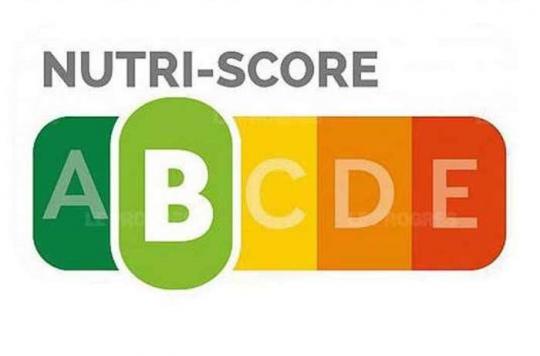Nutrition labeling is hitting our shelves. After its adoption by decree last October, 33 companies affix it to some of their products.

5 letters and 5 colors: A, B, C, D, E and shades from green to red. This logo is now visible on the shelves of French supermarkets. This is Nutri-Score®, nutritional labeling, adopted by decree last October. Consumer associations, scientists and government institutions recommend its use by manufacturers and distributors. According to Public health France, 33 food companies have already started to place labeling on some of their products.
A non-compulsory system
The more reddish the tones, or the closer to E, the poorer the nutritional quality of the product. So if the product is too fatty, too sweet or too salty, its score will be close to D or E. This logo will be on products ranging from ham to industrial cakes including yogurts. Among the brands that have already adopted it are Danone, Fleury Michon, Jacquet, Marie and Materne. The law does not require companies to display nutrition labeling. The adoption of this system is done on a voluntary basis.
In April 2018, a Nutri-Score® calculator will be offered to professionals and individuals. Designed by Inra and Inserm, it calculates the nutritional value of a product that is not referenced by the logo.
Relative effectiveness according to ANSES
Since 2014, discussions have been launched on the creation of a nutritional information system. In January 2017, the National Agency for Food, Environmental and Occupational Health Safety (ANSES) published a report on the Nutri-Score® system. For experts, the system alone cannot be effective in terms of nutritional prevention.
“The nutritional relevance of a nutritional information system results from its ability to reduce the incidence of pathologies in the general population through its effects on food choices”, explains the report. “The analysis shows that none of the 5 nutritional information systems can be qualified as relevant with regard to the challenges current public health. ”Labeling can only be useful if it is implemented alongside concrete measures to inform the population about food.
.









-1606080950.jpg)







